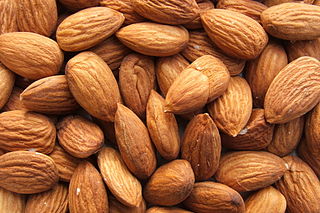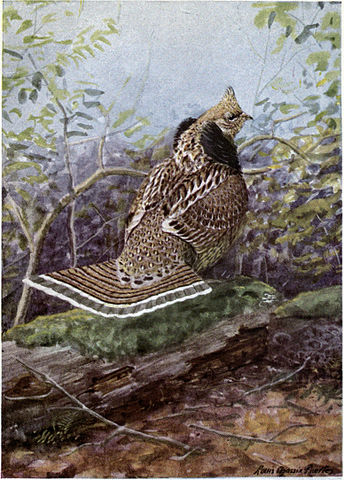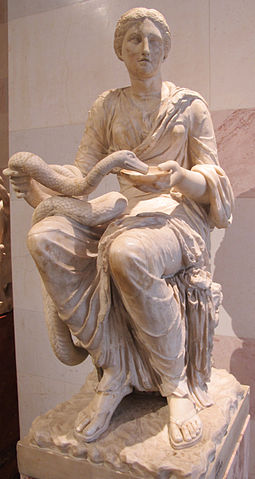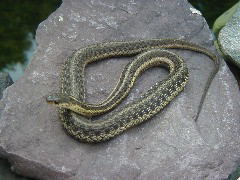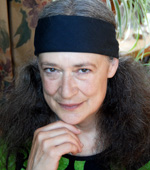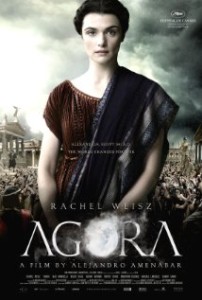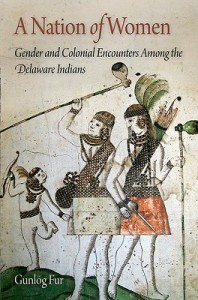 Part I, Part II, Part III, Part IV, Part V Part VIThis is the final installment discussing Gunlog Fur’s A Nation of Women: Gender and Colonial Encounters Among the Delaware Indians. This installment again looks at how the Delaware viewed gender.Fur insists that the Delaware men engaging in diplomacy as “women” were not berdache or two-spirit, the third-gender male in some Native American cultures such as Zuni, who adopts many feminine roles. Delaware men were adopting a feminine gender role in a limited context, not as a stable presentation across situations, and still thought of themselves as men. Moreover they referred to themselves when performing the feminine role as women and not as third-gender.Fur does contend, however, that there was a beardache role in Delaware traditional culture. She bases this on a theory by anthropologist Will Roscoe which says that
Part I, Part II, Part III, Part IV, Part V Part VIThis is the final installment discussing Gunlog Fur’s A Nation of Women: Gender and Colonial Encounters Among the Delaware Indians. This installment again looks at how the Delaware viewed gender.Fur insists that the Delaware men engaging in diplomacy as “women” were not berdache or two-spirit, the third-gender male in some Native American cultures such as Zuni, who adopts many feminine roles. Delaware men were adopting a feminine gender role in a limited context, not as a stable presentation across situations, and still thought of themselves as men. Moreover they referred to themselves when performing the feminine role as women and not as third-gender.Fur does contend, however, that there was a beardache role in Delaware traditional culture. She bases this on a theory by anthropologist Will Roscoe which says that
…[M]inimum conditions for the emergence of a third (or fourth) gender role consisted of a gendered division of labor and productive responsibilities that offered women a possibility to specialize in the production and exchange of goods and food, a system of belief that did not view gender as determined by physical sex, and specific historical occurrences that opened the opportunity for the construction of multiple gender roles. Such conditions existed for both Delawares and Iroquois….
For me this is not sufficient. I would need to see some direct evidence rather than conformity to an anthropological theory to accept the idea that the berdache role was originally part of Delaware culture. I have also heard it speculated that a condition necessary for a third gender to emerge is subordination of women within that culture, which is clearly not the case with the Delaware. I have to wonder how a third gender could even have been structured in traditional Delaware culture. Not based on labor, because while labor was unquestionably gendered, these boundaries were crossed frequently. Not based on homosexual activity, because that appeared to be a not-uncommon phenomenon that did not call gender into question. Not based on dress, because men and women dressed essentially the same except in certain ceremonial capacities. Perhaps in ceremony there could have been a place for a third gender. However, Fur does tell us that during the late eighteenth century revival of traditional ceremony sex ratios were strictly adhered to, at least in the instance she describes. In this ceremony the rules on elder roles were bent to allow younger people to participate in a ceremonial capacity in order to keep the equal sex ratio intact. Although gender roles in many, perhaps even most, cases seem to have been flexible, there were instances when gender was tied to sex. This is germane to a point I will be making further on.One thing is clear: if a third gender did exist it would have been negotiated based on needs of the community, not out of the spirit of “I gotta be me” that characterizes modern gay and transgender cultures. Elements of gender in indigenous societies cannot justifiably be pulled outside their context and applied to modern Eurocentric cultures, at least not with any theoretical integrity. Nonetheless Native beliefs about gender, as they are understood today, will doubtless continue to inform the transgender movement.Native conceptions and experiences around gender can legitimately be utilized, however, to undermine gender theories that are presented in broad, absolute, and uncategorical terms. For example, one popular transgender theory says that to have gender fluidity, gender must be completely divorced from physical sex, with new concepts and categories introduced to reference essential biological functions such as childbirth. A careful reading of A Nation of Women does not give the impression that the Delaware considered sex irrelevant, despite the undeniable fluidity of sex roles. A feminist theory of gender abolition says that gender is always and only a hierarchy to enforce the subjugation of women. In the words of Elizabeth Hungerford, gender is “a complex social structure whose sole purpose is to distribute power and resources between the sexes. It does this unequally: see ubiquitous evidence of women’s oppression.” In Eurocentric culture – actually in most cultures – this is certainly the case. However in Delaware culture women did not occupy a subordinate place, despite the existence of a system of gender. As Fur sums it up “There was nothing subservient about Delaware women. Male and female roles were different but they did not constitute categories of a set asymmetry.”The power of women and the flexibility of gender roles may provide a clue as to why Delaware people and culture managed to survive into the twenty-first century. It was the luck and misfortune of the Delaware to be occupying what was then the prime real estate in North America when European ships began arriving in large numbers. Yet despite early contact with settlers, numerous dislocations, and geographic fragmentation of communities, not to mention decimation of numbers due to disease and war, the Delaware survived. Fur says, “Without women’s participation in prophecy, cultural preservation, and adaptation, the Delawares could not have emerged as a nation or maintained an identity into this century.”
